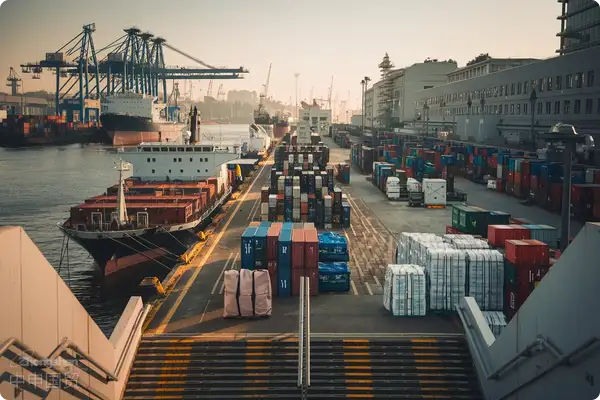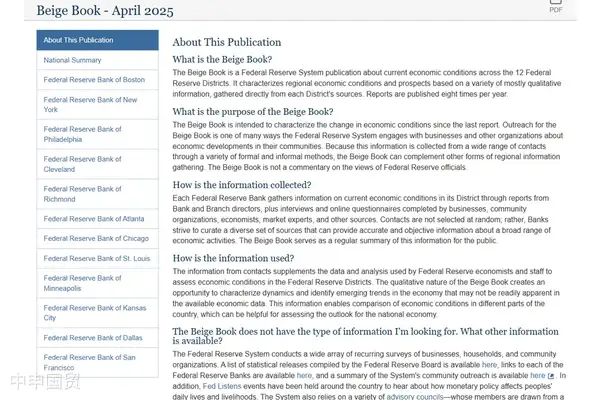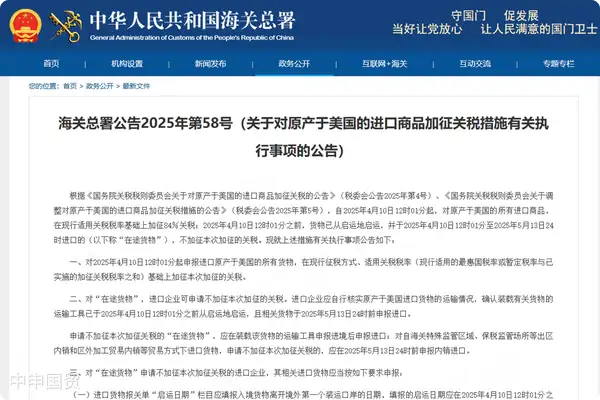- Shanghai Zhongshen International Trade Co., Ltd. - Two decades of trade agency expertise.
- Service Hotline: 139 1787 2118

Analysis of Industry Status Quo and Import Pain Points
The global industrial robot market size is expected to exceed $65 billion in 2025. As the largest application market, China imports more than 120,000 sets of special - purpose cable equipment for robots every year. However, in the actual import process, enterprises often encounter three major bottlenecks:
- Technical parameter misjudgmentLeading to classification disputes
- Transportation losses caused by special packaging requirements
-
Customs clearance delays caused by differences in the certification system
- The conflict rate between the EU CE certification and the domestic CCC certification standards is about 18%
- The conversion of the US UL certification takes an average of 5 more working days
Key Control Points of Import Operations
Taking the flexible cable of industrial robots imported from Germany as an example, professional agency services need to control the following links:
Operation Guide for Core Processes
Practical Cases of Product Classification:A company imported high-temperature-resistant robot drag chain cables (operating temperature: 200℃) and misclassified them into 8544.6000 (cables with rated voltage ≤ 1000V). In fact, it should be declared as (special-purpose cables with rated voltage > 80V but ≤ 1000V), and the tax rate difference is 3.2%.8544.4200Priority Order of Classification Basis:
- Material Composition (proportion of copper core/aluminum core)
- Temperature Resistance Level (classification standard from -60℃ to 300℃)
- Shielding Layer Structure (double-layer braiding/metal foil)
- Real-time Monitoring of Technical Trade Measures in 37 Countries
Professional Agency Service Value Matrix
- Risk early warning system:Antistatic Packaging Cost Reduced by 25%
- Logistics solution optimization:
- Usage Rate of Constant-temperature Containers Increased by 40%
- Comparison of Customs Clearance Efficiency:
- Average Customs Clearance Time of Professional Agents: 3.2 days vs. 5.8 days for Ordinary AgentsTrend Response Strategies in 2025
With the deepening implementation of the RCEP Rules of Origin, it is recommended to give priority to cable assembly suppliers in ASEAN member states. Taking Vietnamese-made robot cables as an example, with the FORM E certificate, the preferential tariff rate can be enjoyed, and the comprehensive cost is 8 - 12% lower than that of EU products.
In response to the EUs Carbon Border Adjustment Mechanism (CBAM), professional agents have established a product carbon footprint tracking system, which can automatically generate carbon emission reports compliant with the EN 50693:2025 standard, avoiding the additional levy of 4 - 6% carbon tariffs.
Operation List for Risk Avoidance
Confirmation of Technical Parameters:
- Require suppliers to provide the IEC 62448:2024 test reportCustomization of Logistics Solutions:
- Minimum Bending Radius Marking
- Anti-ultraviolet Aging Packaging Certification
- Compliance Review:
- Focus on verifying the four newly added restricted substances in RoHS 3.0How to Avoid Three Major Risks of Importing Robot Cable Equipment?
Related Recommendations
? 2025. All Rights Reserved. Shanghai ICP No. 2023007705-2  PSB Record: Shanghai No.31011502009912
PSB Record: Shanghai No.31011502009912









